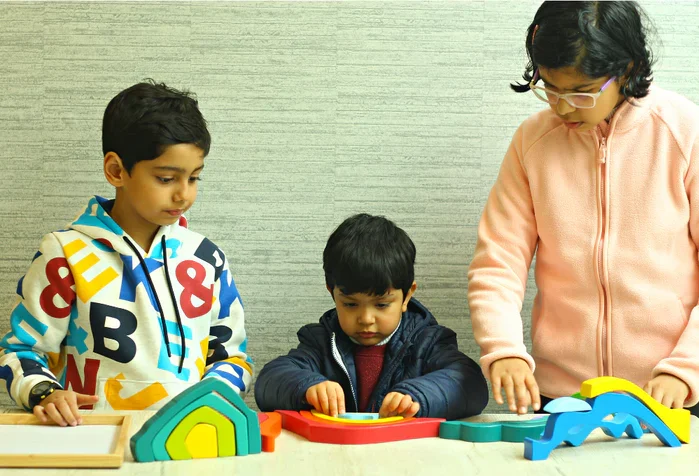
The Significance of Sustainable Kids’ Clothing: How Eco-Friendly Fashion Supports a Healthier Planet for Our Offspring
- ClothingSustainable
- April 22, 2024
- No Comment
In the world of retail, sustainability, and ethical approaches are now at the forefront. Gone are the days when sustainability was a buzzword; today, it stands as the beacon of the retail industry’s revolution. Parents, in particular, have become more eco-conscious when choosing clothing options. They have started prioritizing comfort, style, and durability while shopping for their kids. Sustainable clothing isn’t just about style; it is known for its reliability, durability, and skin-friendly nature, making it comfortable for kids.
In contrast, the impact of the conventional fashion industry poses health risks to children as the clothes are tagged along with chemical use during their manufacturing, made with synthetics like polyester, nylon, and not-so-skin-friendly materials, which can cause skin irritation to the kids. Another growing concern with synthetic fabrics is the loss of microplastics while washing. These microscopic particles are expelled in large quantities in a single wash, making their way into water bodies and eventually reaching humans. Because of the demand for stylish apparel, the manufacture of synthetic materials has increased, releasing even more microplastics and posing a risk to human health.
However, as more parents become environmentally conscious, they seek sustainable and eco-friendly clothes, pushing brands to adapt their practices to cater to this growing market segment. Sustainable kids’ clothing brands have started focusing on curating clothes where the fabric is chemical-free and gentle on their skin. Brands have started manufacturing clothes made from natural, breathable fabrics like cotton, which can prevent discomfort. Cotton is a natural fibre that allows the skin to breathe, keeping children calm and comfortable throughout the day. Further, eco-friendly fashion promotes longevity and durability in clothing, encouraging parents to invest in high-quality, timeless pieces that last longer and reduce the need for frequent replacements, thereby reducing overall consumption and waste.
Furthermore, with rising pollution levels, parents seek sustainable alternatives to traditional fashion. As a result, “green shopping” has become a popular trend. The high quality and unique characteristics of sustainable clothing make it an attractive option for eco-conscious parents. Additionally, adopting green initiatives can lead to cost savings through waste reduction and energy efficiency, making sustainable clothing brands financially attractive for businesses. By focusing on sustainability, fashion brands can demonstrate their commitment to ethical practices, supply chain transparency, and reducing their carbon footprint.
Moreover, clothing brands choose eco-friendly production practices and sustainable materials to reduce environmental impact. Eco-conscious brands implement energy-efficient manufacturing practices, minimizing water usage and reducing harmful chemicals and pollutants emissions. By investing in green technologies and practices, fashion brands can reduce their environmental footprint and pave the way for a greener future for our kids.
The retail world is witnessing a paradigm shift in how eco-conscious parents perceive and consume sustainable clothing. As parents are more willing to pay for sustainable clothes, this leads to an increase in the production of ethically sourced and produced clothes. Thus, this change in clothing preferences encourages fashion brands to minimize their carbon footprint and waste through recycling and upcycling initiatives, which pave the way for creating a safer environment for future generations.
By Nishant Kumar, CEO, Earthy Tweens







